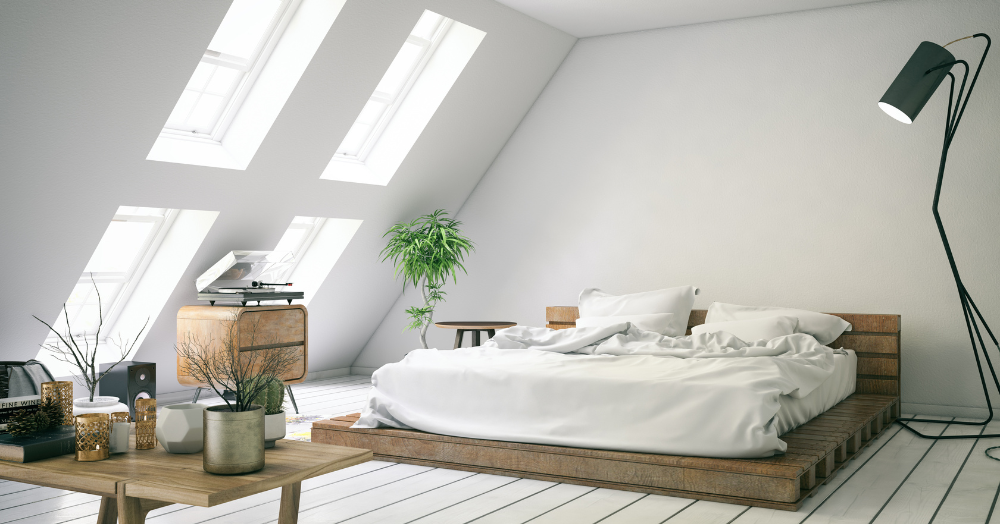It seems as if everyone is either moving or extending their home. With the increase in property values and after a few years of restricted travel, we seem to have managed to build a nest egg. And it would appear that most of us are spending that nest egg on either a new home or making the home we have a little bigger.
It seems as if everyone is either moving or extending their home. With the increase in property values and after a few years of restricted travel, we seem to have managed to build a nest egg. And it would appear that most of us are spending that nest egg on either a new home or making the home we have a little bigger.
Indeed, after spending a year or two indoors, probably more than ever, our homes have begun to feel cramped. Not to mention the increase in working from home. Studies have shown that remote work is now included in over 30% more job advertisements than two years ago. And if working from home, you will need somewhere to work from, right? You can make do at the kitchen table for a short while, but if remote working becomes the norm, you need a dedicated space to work from.
These factors combined have created a considerable increase in home extensions. But, not everyone has the outside space available to build out. A larger ground floor to your home will result in a smaller garden footprint. If your garden is relatively small, you might not want to take it all up with more house.
There is a solution - the loft conversion. The perfect way to add square footage to your property without losing any garden space. Add more bedrooms or a home office. Perhaps a master suite with a dressing room and en suite bathroom. It's estimated that a loft conversion could increase the value of your home by up to 20%.
Of course, this solution isn't available to everyone. There are planning restrictions, as with any significant property alteration. But there are many loft conversion options available, so there is something to suit most properties and budgets.
You could add a staircase - if your loft currently has plenty of head height, you could create a room with the space you already have. It can not be considered a usable or habitable space unless it complies with building regulations, so this is something to consider. If the room you create is not compliant, the increased value to the home overall will be limited.
You could raise the roof - there are options available to remove the roof and add a floor and a new roof to the top of the property. Either with a built option where builders will construct your new roof on-site or modular options available that can be factory built and then craned into position. There are planning permission considerations with this option as the property will be changing in a material way.
You could build a dormer - dormer windows keep the roof height as it is but go out to the sides to create a room on the inside. This alters the property's appearance from the outside but creates more head height in your loft.
With any significant work to a property, you will need to ensure that you have permission to do the job. The project will need to be signed off by building control so that you know it is compliant and safe to use. But, going upwards can often be a fantastic option to make your property larger without losing out on garden space.
If you've had a loft conversion recently and want to find out how it's affected the overall value of your home, get in touch with us to arrange a valuation appointment.

